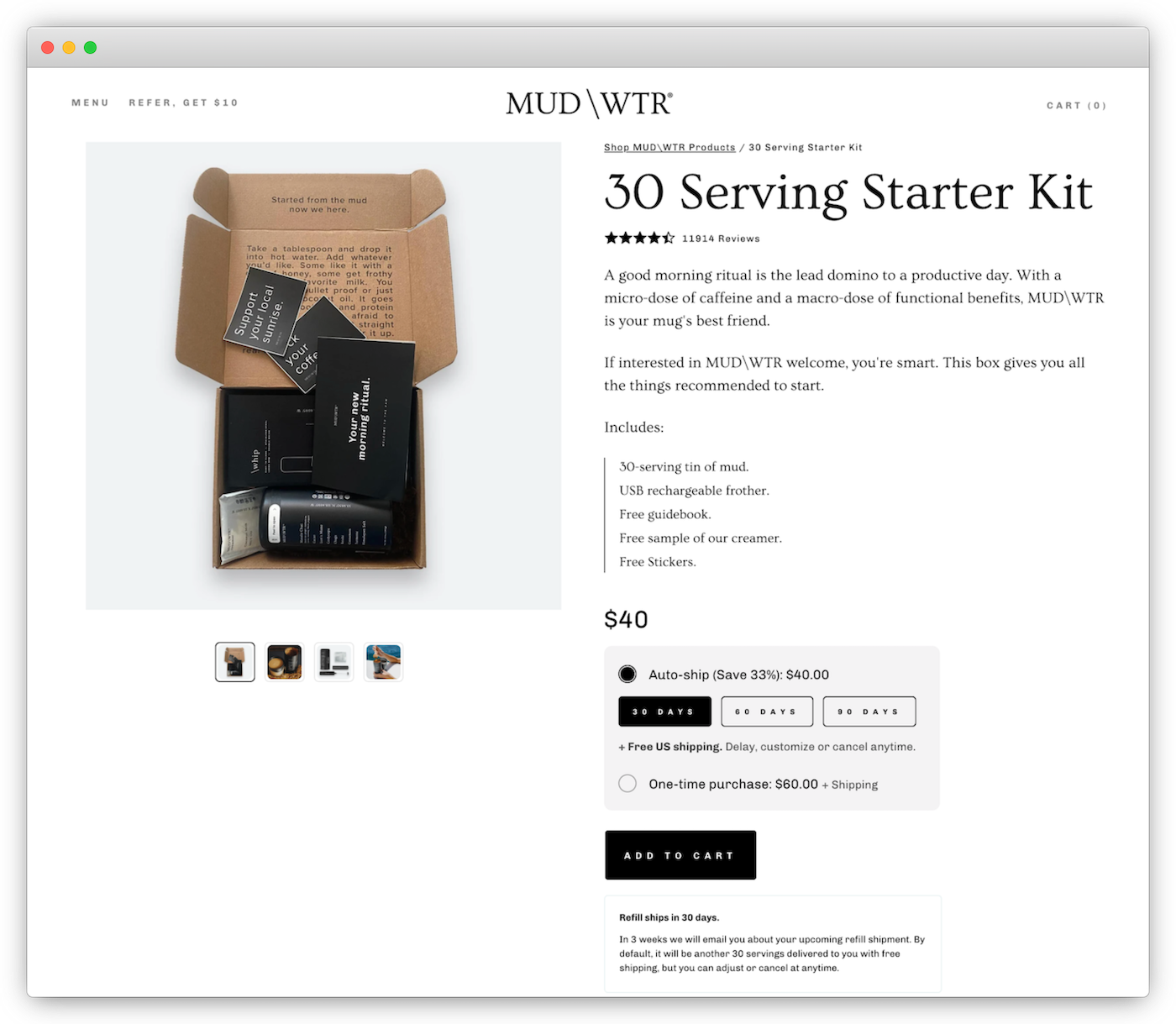How Do You Create a Subscription Model for E-Commerce?

Subscriptions can improve customer retention and drive revenue. They do so by offering recurring shipments of goods or prolonged access to services. From Amazon’s Subscribe & Save to Youtube’s Music subscription plan, countless companies have implemented subscription commerce and flourished because of it.
E-commerce subscription models depend on the value brands and retailers can offer and the customers they want to attract. Whichever you choose, it is crucial to ensure your subscription model is accessible, convenient, and controllable.
According to Payments Journal, 59 percent of consumers already have online subscriptions. With customers purchasing subscription plans more often, it is an opportune time for companies to create subscription models to sell their products or services. The UBS financial services firm predicts that the e-commerce subscription economy will grow to $1.5 trillion by 2025, doubling the $650 billion that it’s currently worth.
The most popular subscription model types include SaaS subscriptions, curated subscriptions, replenishment subscriptions, and accessibility subscriptions. In this post, we’ll focus on curated and replenishment subscriptions for e-commerce and talk about the key ingredients to consider when creating an e-commerce subscription model.
[toc-embed headline=”Essential Elements for Subscription Commerce”]
Essential Elements for Subscription Commerce
Pricing strategy
The foundation of any subscription model is pricing. As your customers have different usage needs, it is important that your subscription pricing strategy reflects that. Rather than have a one-size-fits-all pricing strategy, you can create various pricing strategies across channels, customer types, and geographies.
By offering tiered pricing, you can ensure that you are maximizing your profits. A flat-rate pricing strategy may seem like an easy option for attracting customers, but if the pricing is too low you could miss out on extra revenue that larger companies are willing to pay. On the other hand, if the pricing is too high, smaller companies may be unable to afford your subscription plan.
Inventory management
Managing your inventory is crucial to ensure customer satisfaction. To avoid overstocking—or worse, understocking—your products and services, you can utilize a subscription management tool like fabric Subscriptions for any channel or ReCharge for Shopify. These tools can track consumption patterns such as high-demand products and who and where your customers are. More importantly, they can identify which area in the market you can further capitalize on.
Try and buy
Customers are often more likely to try a product and service for free or at a discount before they convert to regular paying customers. For instance, MUD/WTR offers a 30-day starter kit for a 33% discount that you can try before subscribing to an auto-ship option. This discount is deep enough to convert consumers who are on the brink of abandoning a shopping session.

Note: Open communication below the subscription box decreases decision-making anxiety and leads to more subscriptions.
Evolve for your customers
With subscription commerce, it is vital to understand your customers’ needs to form long-term relationships. Having insight into what your customers want and tweaking your offers helps build strong relationships.
A Forrester survey found that 69% of consumers choose to shop more frequently at retailers with consistent customer service. Companies with subscriptions must consistently deliver their initial promises. Any slippages would lead to increases in churn after the first few billing cycles.
Give your customer full control
Many successful subscription models give customers the ability to easily control their subscription by having the option of stopping, pausing, downgrading, or upgrading their plan.
This is because customers may face changes in their income or location. Allowing customers to have control will help prevent cancellations.
Open Communication
Like in any great relationship, communication is key. By building various touchpoints, you can update customers via email or SMS. Some companies use various forms of communication, while others use one form of communication more often. It depends on which form of communication is most useful for your customer.
[toc-embed headline=”Key Takeaways”]
Key Takeaways
- Whichever e-commerce subscription model you choose, ensure it is accessible, convenient, and controllable.
- Subscriptions help businesses improve customer retention and drive revenue by offering recurring shipments of goods or prolonged access to services weekly, monthly, or annually.
- The UBS financial services firm predicts that the e-commerce subscription economy will grow to $1.5 trillion by 2025, doubling the $650 billion that it’s currently worth.
- You can use fabric Subscriptions to seamlessly implement your subscription model, giving your customers the option to automate the purchasing of repeated products

Product manager @ fabric. Previously @ Salesforce and CMU Tech & Entrepreneurship.